Standert's updated Kreissäge RS aluminium race bike goes aero
The German brand has used CFD to create new, drag reducing tube shapes while upping the tyre clearance to 35mm
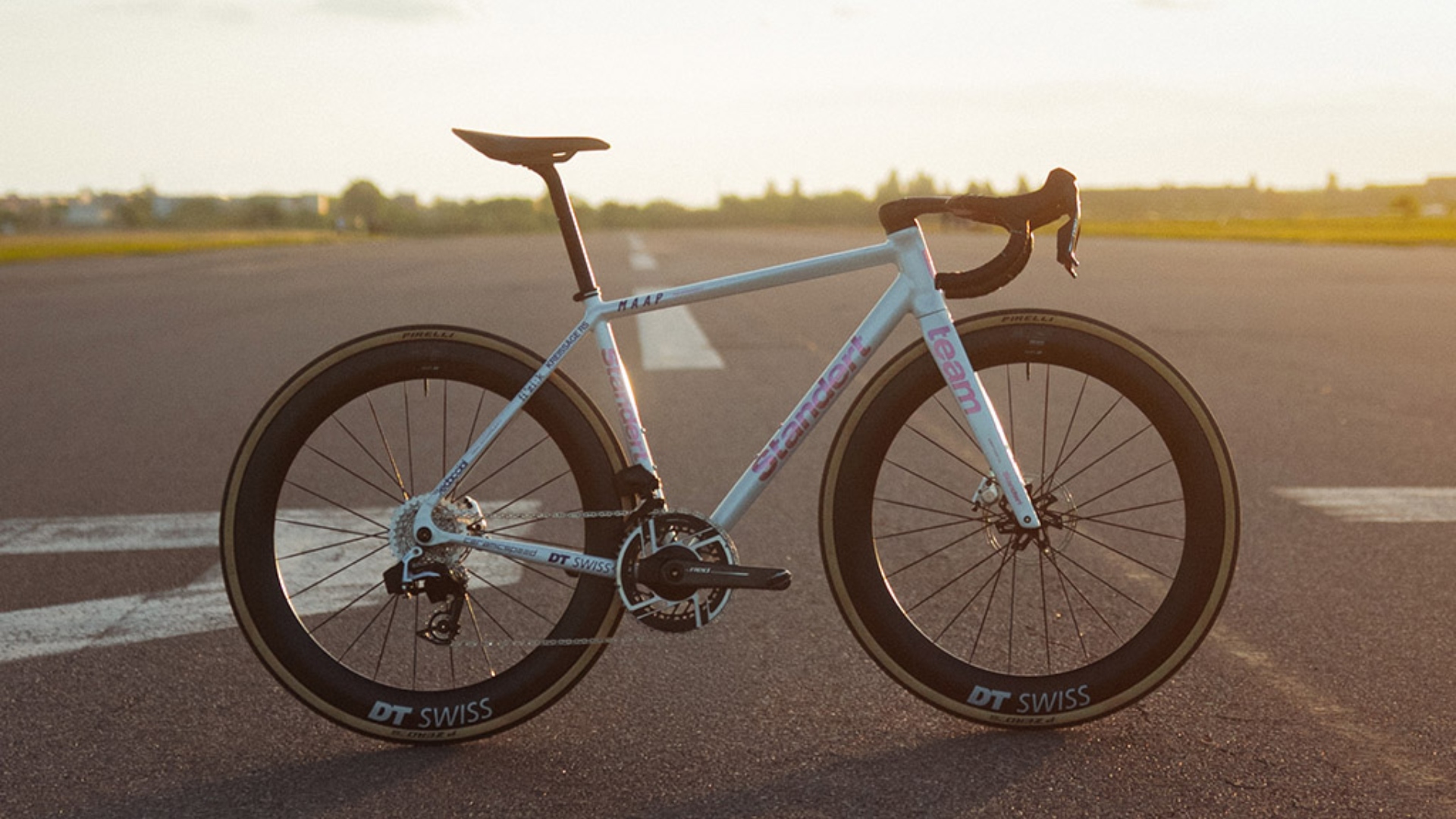
Standert has released a new version of the Kreissäge RS. We reviewed the previous version and gave it four stars, for it's style and it's aggressive handling. It now boasts aero creds, to add to it's hardcore race chops.
Described by the German brand as a “bold reimagination of the modern aluminium race bike”, it now features CFD (Computational Fluid Dynamics) optimised tubing and wider tyre clearance.
“Inspired by our involvement with the Standert race team, we set out to create a faster aluminium frame, pushing both material and manufacturing limits,” said Maxe Faschina, Head of Product at Standert.
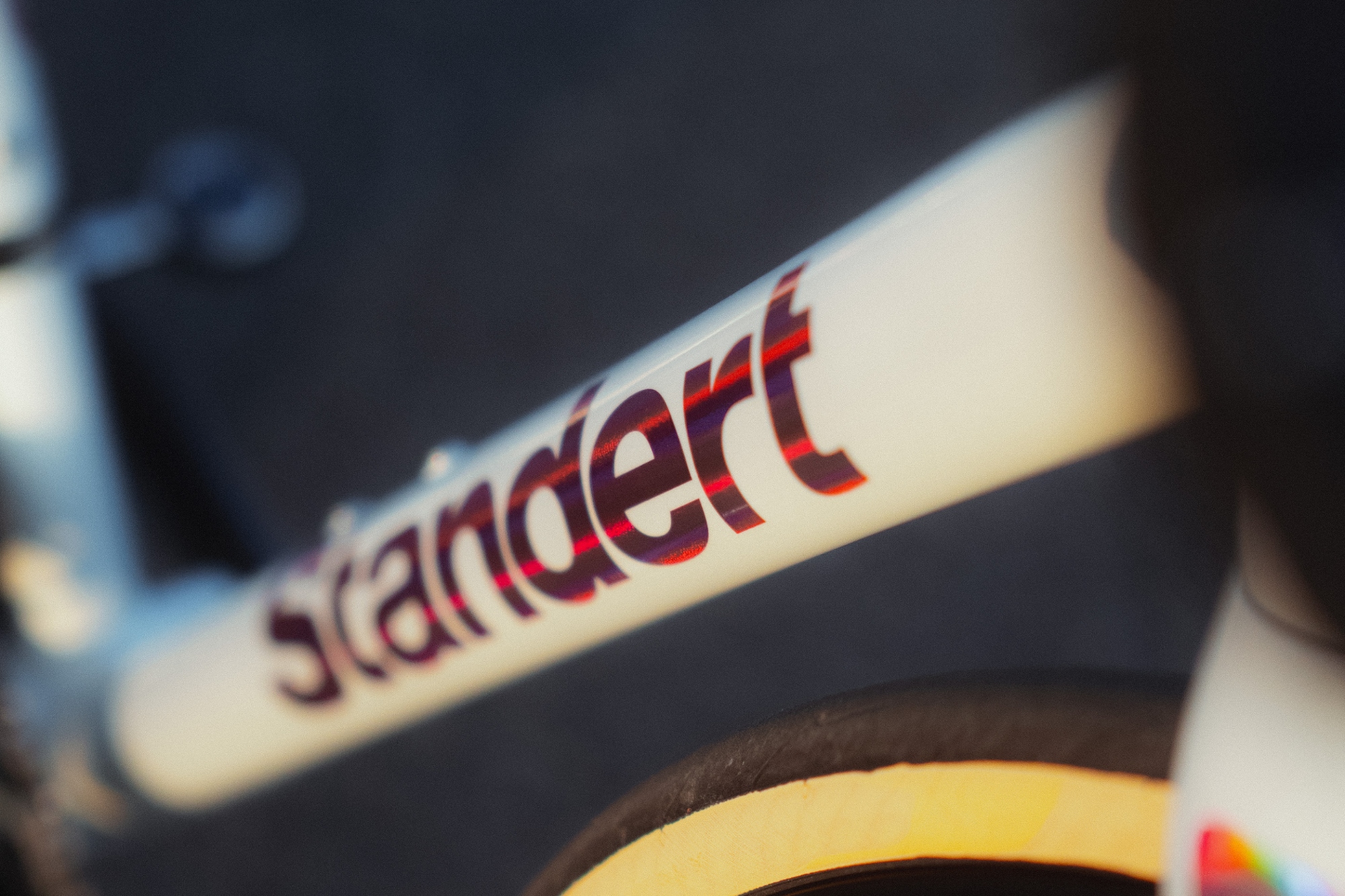
The revamped Kreissäge RS features fresh tube shapes and wider tyre clearances.
Like its predecessor, it’s handmade in Italy using Dedacciai’s scandium tubing. Standert chose the material for its impressive stiffness to weight ratio, with the Kreissäge RS benefiting from custom drawn tubing. While there’s no claimed weight in the marketing material, when we reviewed the previous edition of the bike we were told that a size 54 tipped the scales at 1,470g plus 430g for the carbon fork; our test bike in a size 56 weighed 8.6kg.
“The Kreissäge RS has always been about defining our own standards,” says Max Von Senger, CEO and Founder at Standert. “It’s about showing what metal bikes can do, about being different in a sea of black plastic, and about having fun, while putting in the hard work. The new RS doubles down on what made the Kreissäge a great bike in the first place, while marking a big step in our quest to make the best metal race bike out there."
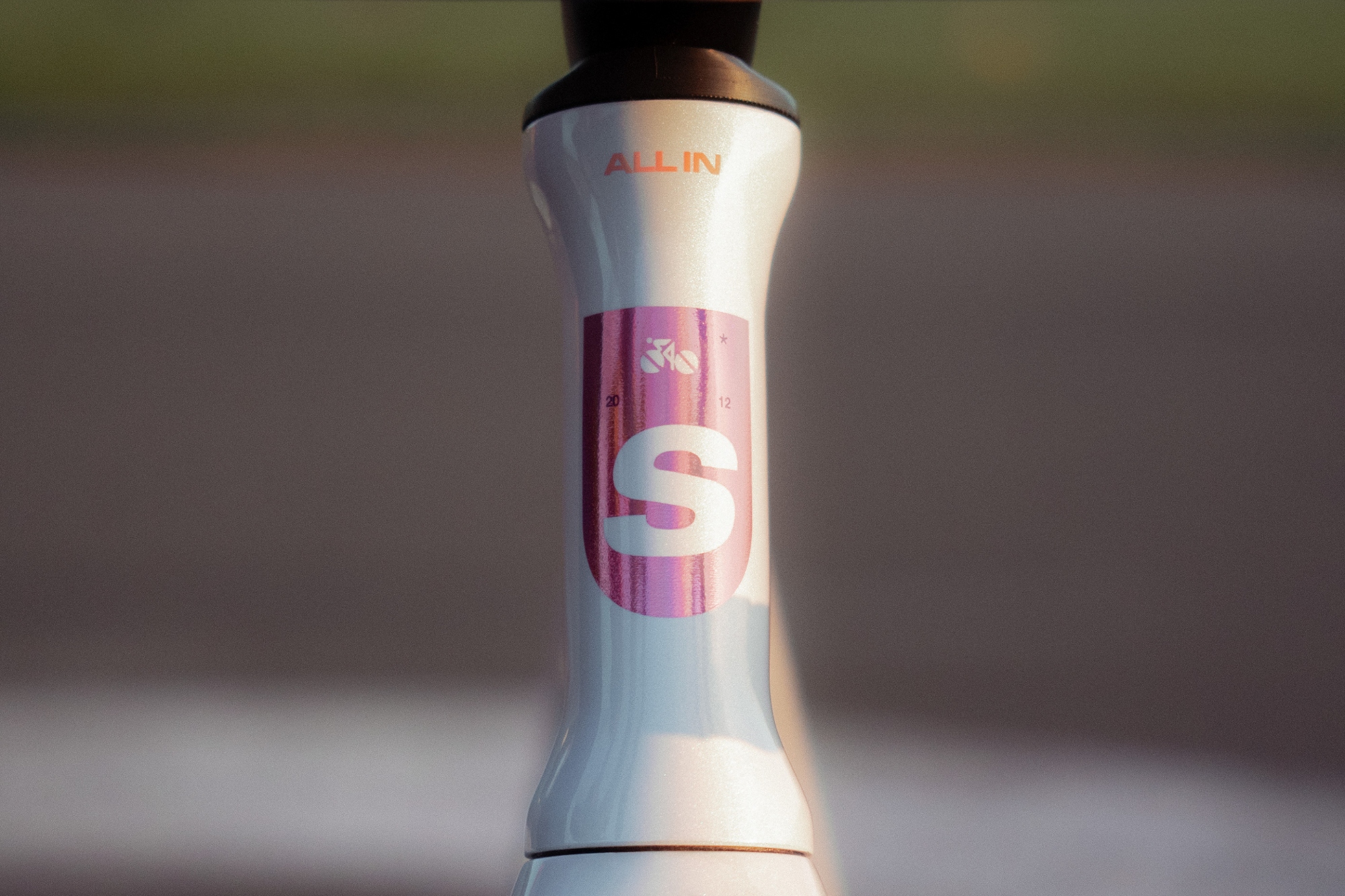
The reduced head tube is part of the Kreissäge's new aero profile.
Given that this is a bike designed for racing then, it makes sense that Standert has invested time, money and effort in improving its aerodynamic performance. To do this it’s used CFD to create a set of aero tube shapes. Most notable, when compared to the outgoing model, is the far slimmer and now hourglass-shaped head tube. However, the top tube, head tube and seat stays have also been created to reduce drag and save watts. The top tube is now sloping, which should add in a bit of additional compliance given that more of the seat post will now be exposed. Despite these changes, the Kreissäge RS retains its classic looks
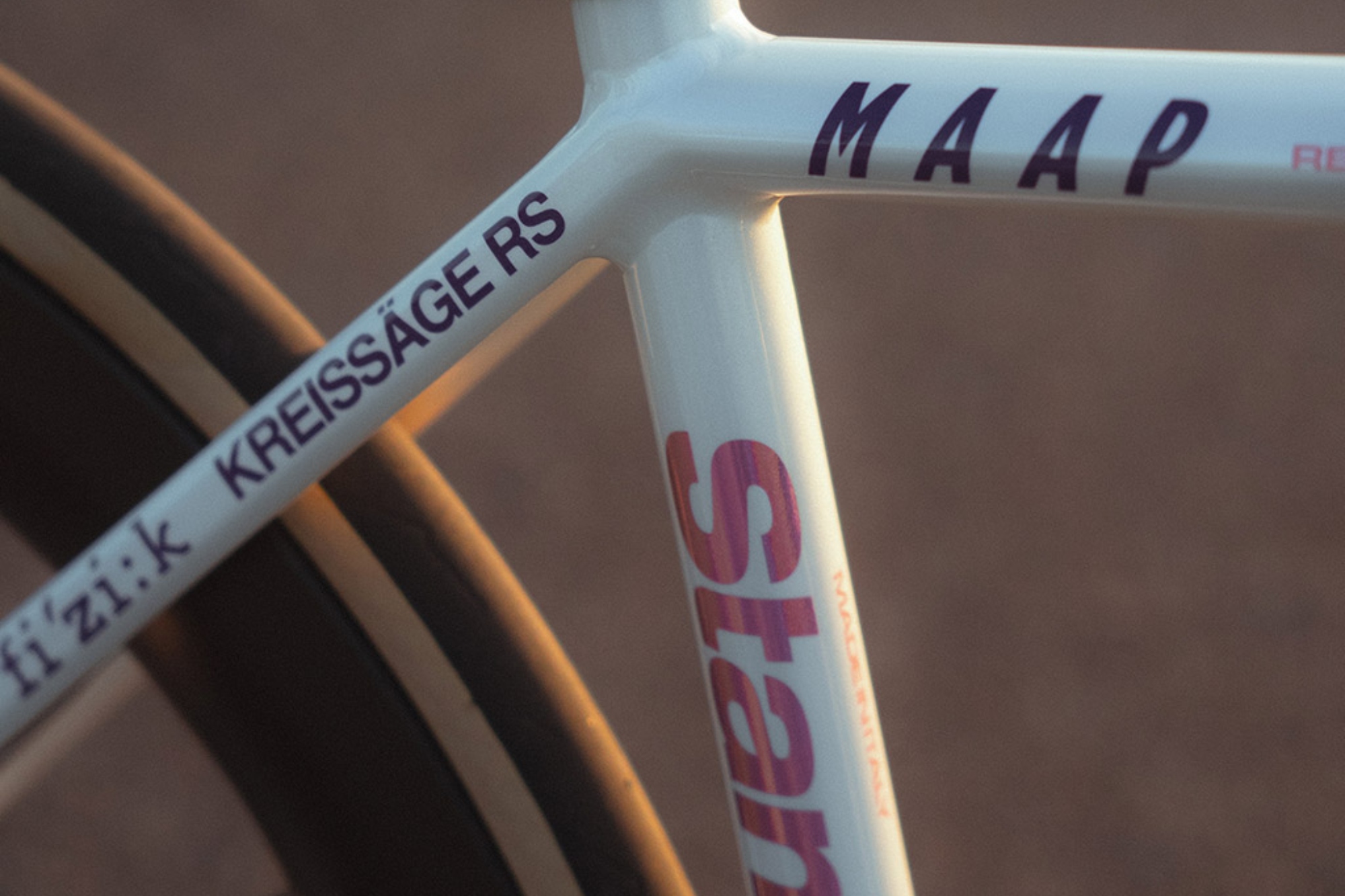
Discreet welds courtesy of the Unilever Telai team.
Also retained is the frame’s compact geometry that’s designed to make it fast and agile; the smaller triangles add stiffness, while both the stack and reach should result in a pretty long and low riding position. For reference a size 54 has a stack height of 549mm and a reach of 387mm, while the chainstays measure 410mm.
The latest race content, interviews, features, reviews and expert buying guides, direct to your inbox!
As before the Kreissäge RS fully integrated cable routing, aiding the bike’s aerodynamic credentials. This time around there’s internal headset bearings too, which should help reduce weight and improve longevity, with fewer services needed.
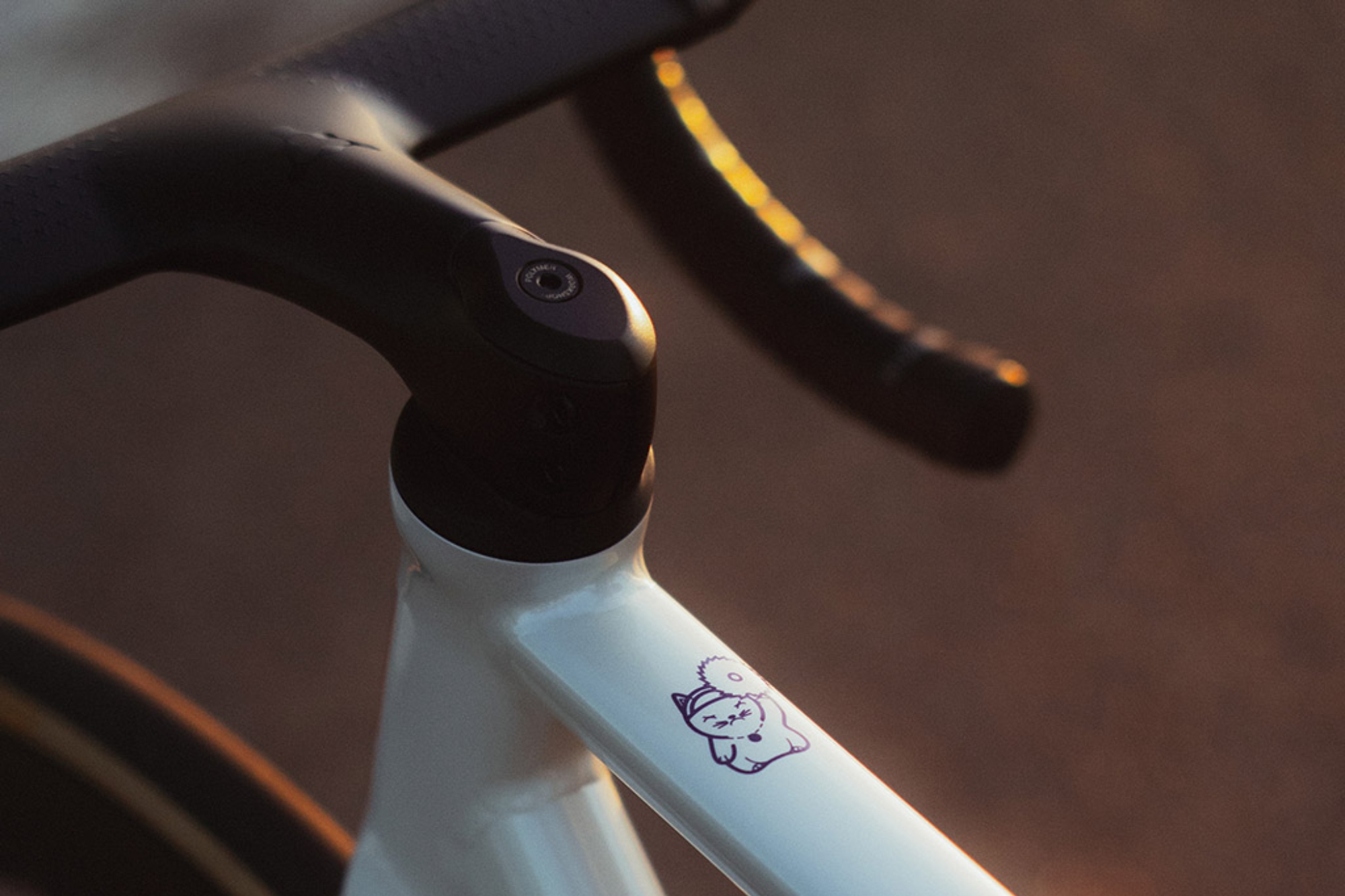
Standert has opted for a sloping to tube on the new Kreissäge RS.
A number of updates suggest a futureproofing of sorts. The threaded T47 bottom bracket is a holdover from the previous model but is becoming the accepted standard for road bikes. Clearance has been increased to accommodate 35mm wide tyres, which allows for the frameset to benefit from tubeless wheels with wider internal rim widths as well as the wider tyres themselves. Like many brands, Standert has adopted the UDH (Universal Derailleur Hanger), which like the T47 BB is becoming the norm.
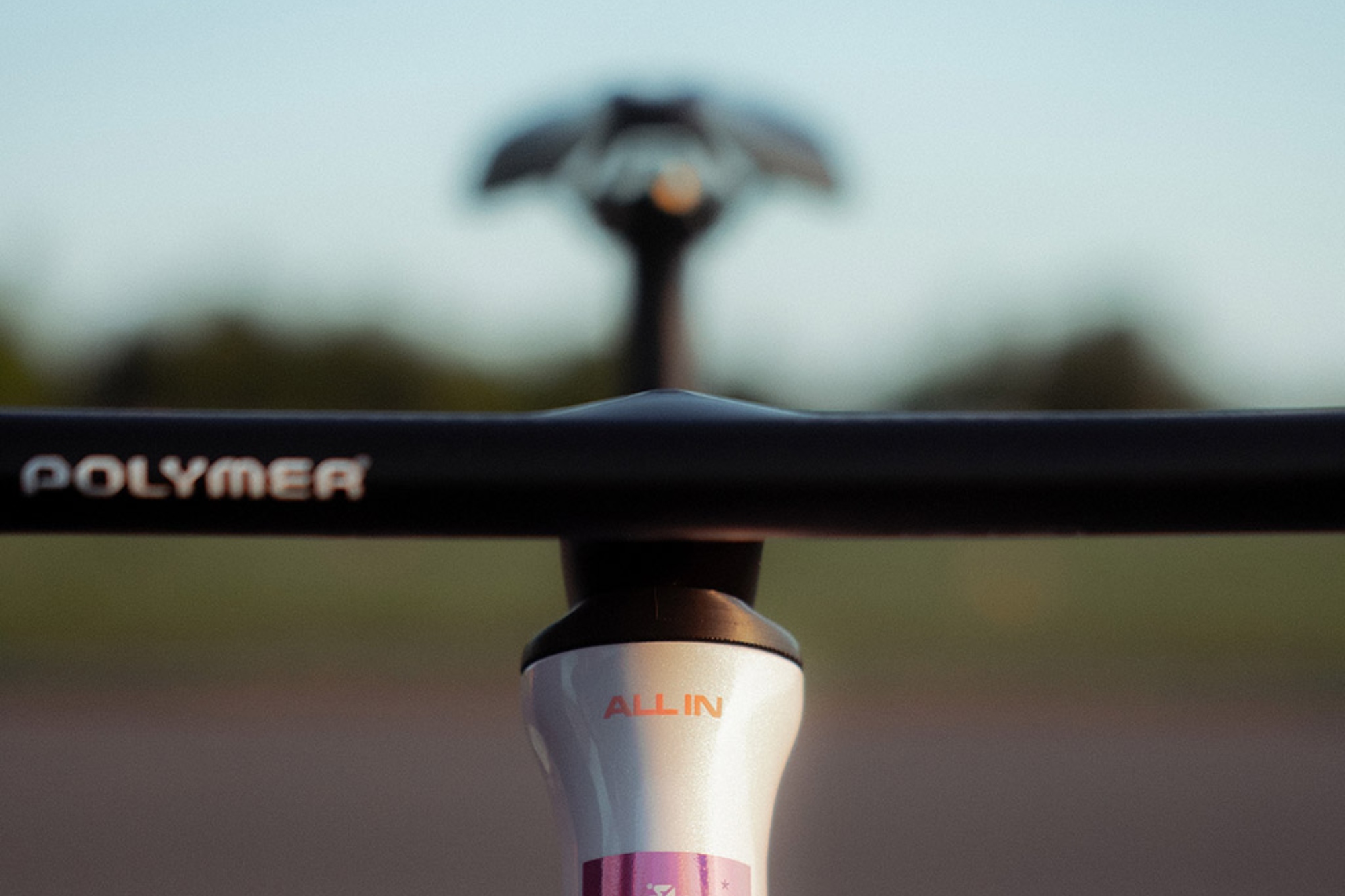
Build options include the Polymer Sculpture carbon cockpit.
Build options for the Kreissäge RS include Shimano Dura-Ace Di2 and Shimano Ultegra Di2 groupsets as well as Sram Red Axs and Force AXS, with either DT Swiss Arc 1400 wheels or a set from Scope. There’s also a choice of a Polymer Sculpture carbon cockpit and Polymer Obelisk carbon seatpost, or the brand’s Lucky Cat bars and post.
Prices for the Kreissäge RS are 1.999€ for the frameset, while a complete bike consisting of Shimano Ultegra Di2, DT Swiss Arc 1400 wheels and a Lucky Cat seat post and cockpit retails at 6.299€.
Luke Friend has worked as a writer, editor and copywriter for over twenty five years. Across books, magazines and websites, he's covered a broad range of topics for a range of clients including Major League Baseball, Golf Digest, the National Trust and the NHS. He has an MA in Professional Writing from Falmouth University and is a qualified bicycle mechanic. He has been a cycling enthusiast from an early age, partly due to watching the Tour de France on TV. He's a keen follower of bike racing to this day as well as a regular road and gravel rider.
You must confirm your public display name before commenting
Please logout and then login again, you will then be prompted to enter your display name.